Northern Ireland may be compact, but this remarkable corner of the United Kingdom packs an extraordinary number of natural wonders, historic sites, and cultural attractions into its six counties. From dramatic coastal landscapes to enchanting forests and captivating cities, the region offers visitors a wealth of unforgettable experiences.
Here are 18 essential destinations that showcase the very best of Northern Ireland’s breathtaking scenery and rich heritage.
Giant’s Causeway
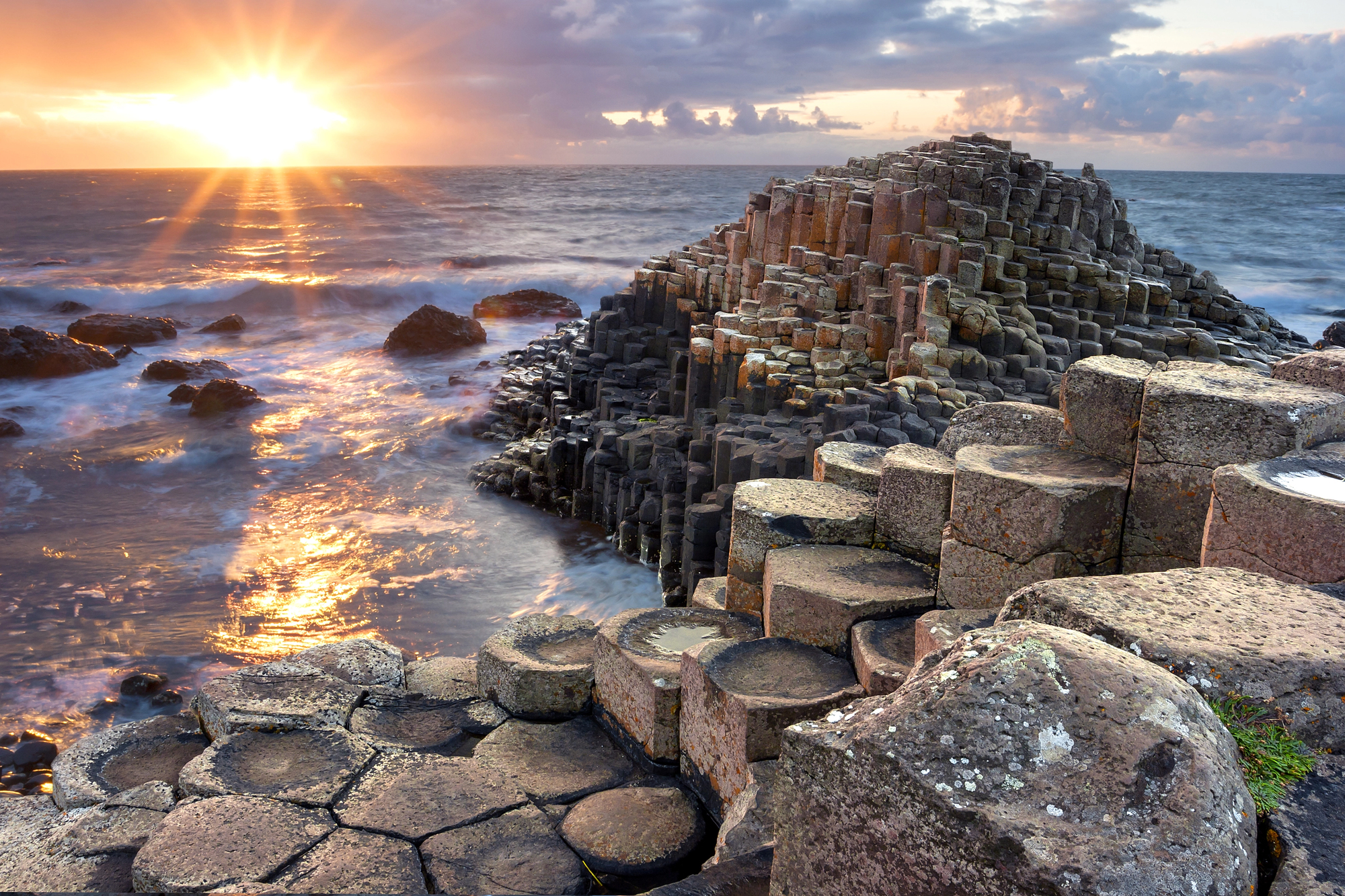
This UNESCO World Heritage Site stands as Northern Ireland’s most iconic natural attraction, drawing visitors from around the globe to marvel at its geometric wonder. Approximately 40,000 interlocking basalt columns, formed by ancient volcanic eruptions some 60 million years ago, create a surreal stepping-stone pathway that appears to lead into the sea.
Each hexagonal column fits perfectly against its neighbors, creating a natural pavement that seems impossibly precise and planned rather than formed by geological processes.
Titanic Belfast
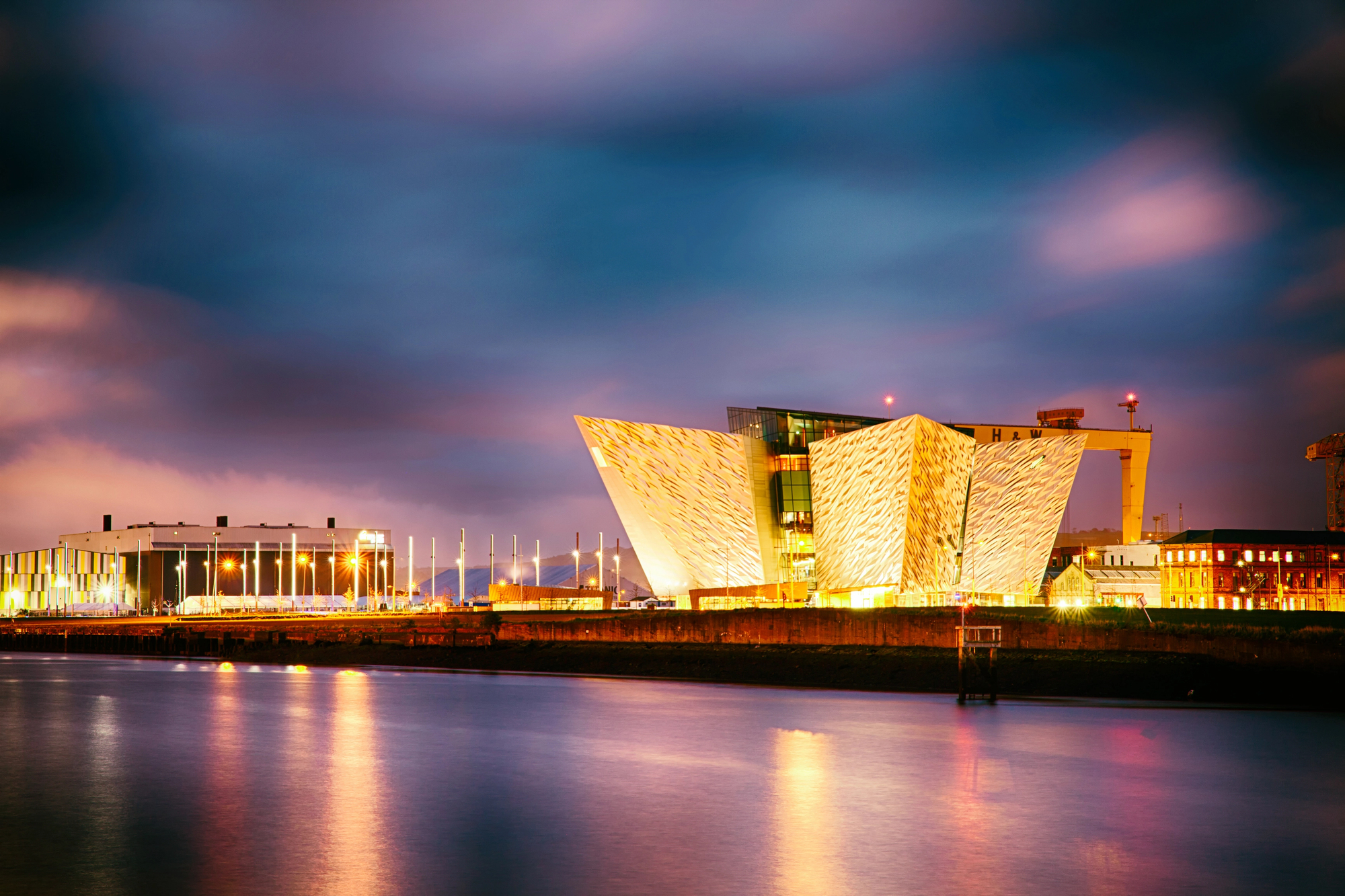
Located on the very site where the famous ocean liner was designed, built, and launched, this award-winning museum has become one of Northern Ireland’s most visited attractions since opening in 2012. The striking building itself, designed to resemble ship hulls, houses nine interactive galleries that bring to life the story of the Titanic through innovative exhibitions and immersive experiences.
Visitors can explore reconstructions of the shipyard, passenger cabins, and engine rooms while learning about Belfast’s maritime heritage and the human stories behind the tragedy.
Dark Hedges

This enchanting avenue of intertwined beech trees has become one of Northern Ireland’s most photographed locations, especially after featuring as the Kingsroad in the hit television series Game of Thrones. Planted in the 18th century by the Stuart family to create an impressive entrance to their Georgian mansion, the trees have grown over centuries to form a mystical tunnel where branches reach across the road to join with their companions on the opposite side.
Their twisted, gnarled appearance creates an atmospheric setting that feels both magical and slightly eerie.
Like Travel Pug’s content? Follow us on MSN.
Carrick-a-Rede Rope Bridge
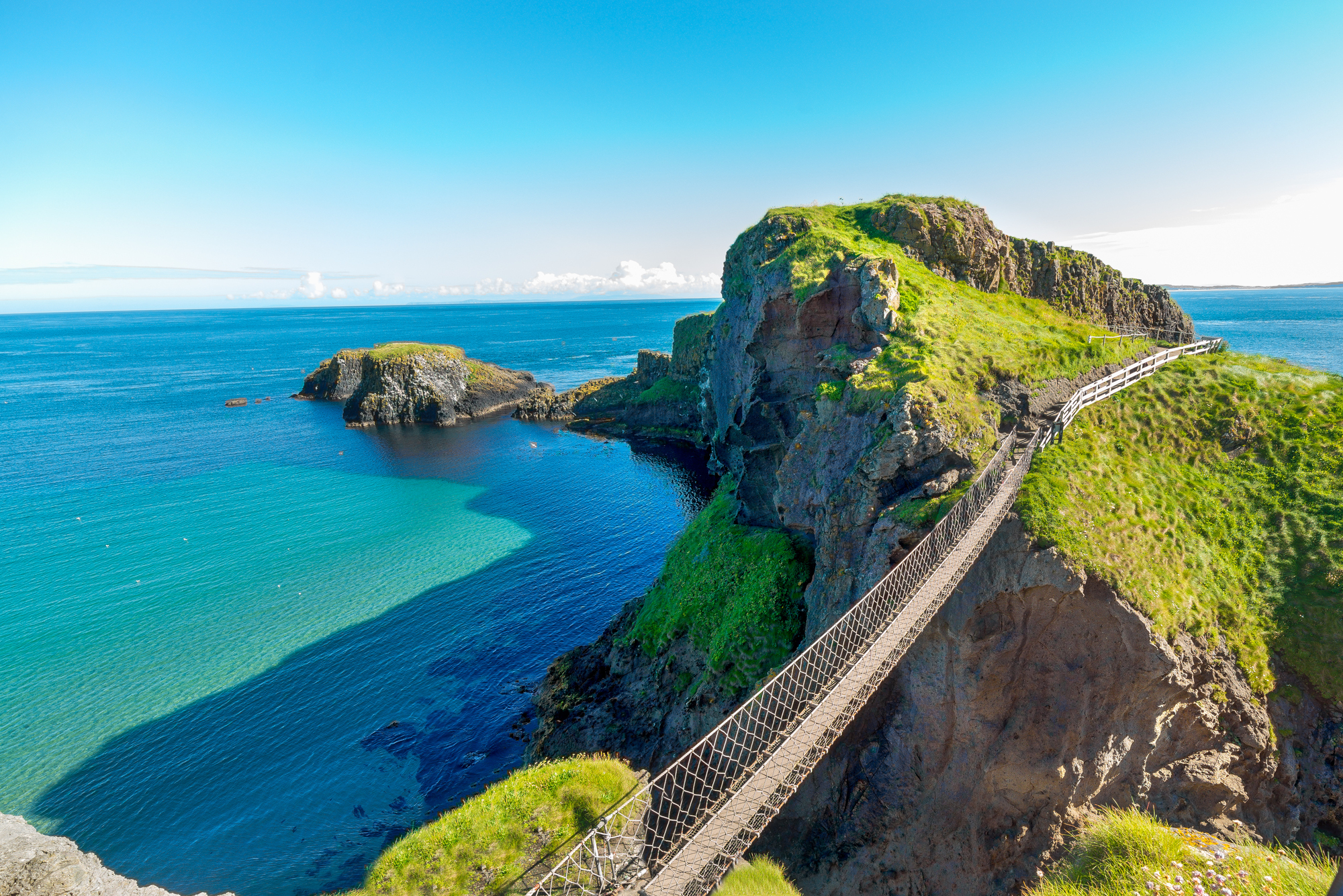
Suspended nearly 100 feet above the churning Atlantic Ocean, this famous rope bridge connects the mainland to the tiny island of Carrickarede. Originally erected by salmon fishermen in 1755, the bridge spans 66 feet across a chasm between the cliffs and the rocky island, providing both a thrilling crossing and spectacular coastal views.
The walk to the bridge itself is equally rewarding, with a scenic coastal path offering opportunities to spot seabirds, dolphins, and even basking sharks in the waters below during summer months.
Dunluce Castle
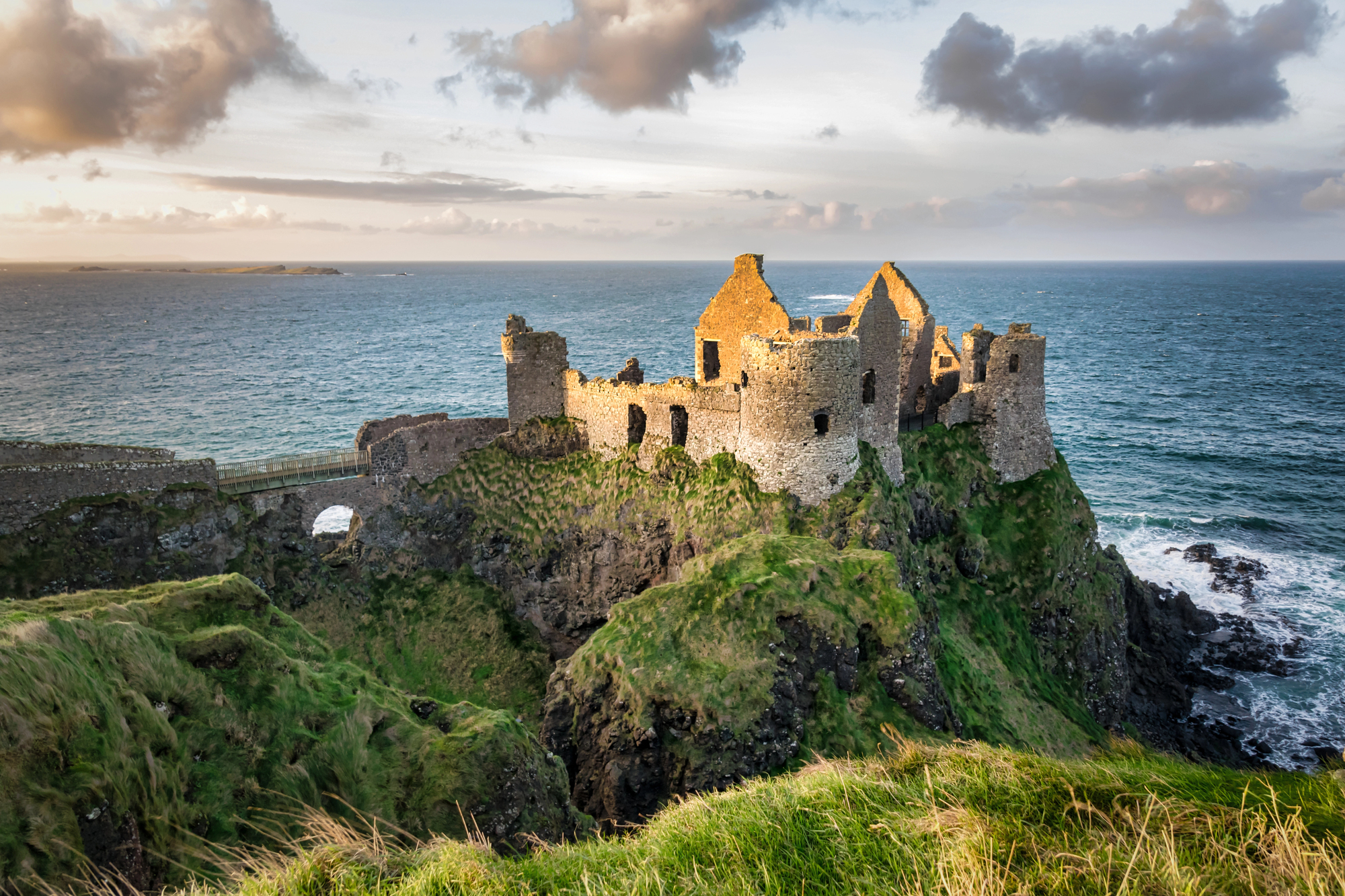
Perched dramatically on a rocky headland overlooking the crashing waves of the North Atlantic, these medieval ruins create one of the most atmospheric castle settings in Europe. Built in the 13th century and expanded over hundreds of years, the castle’s precarious cliffside position led to part of the kitchens collapsing into the sea during a storm in 1639, reportedly taking several servants with them.
Today, the ruins blend seamlessly with the rugged coastline, creating a hauntingly beautiful sight that captures the imagination of historians and photographers alike.
Belfast Castle
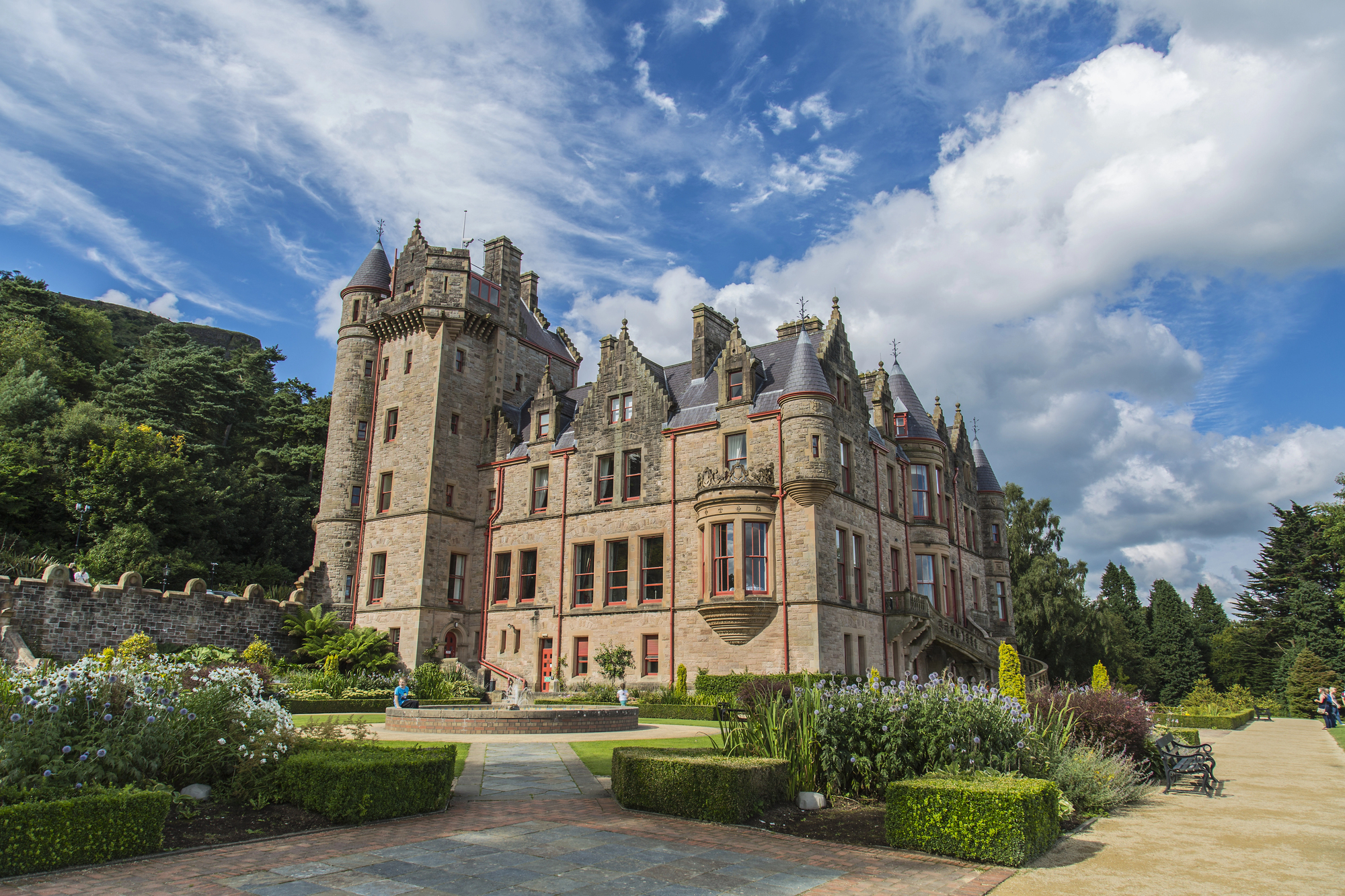
Nestled on the slopes of Cave Hill Country Park, this Scottish Baronial-style castle offers panoramic views over Belfast city and the shimmering waters of Belfast Lough. Built in the 1860s by the 3rd Marquess of Donegall, the castle replaced an earlier fortress that had stood in the city center since the 12th century.
Today, the castle estate encompasses beautiful formal gardens, including the unique Cat Garden featuring nine different sculptures of cats in reference to the legend that the castle would bring good fortune as long as a white cat resided there.
Like Travel Pug’s content? Follow us on MSN.
Mourne Mountains
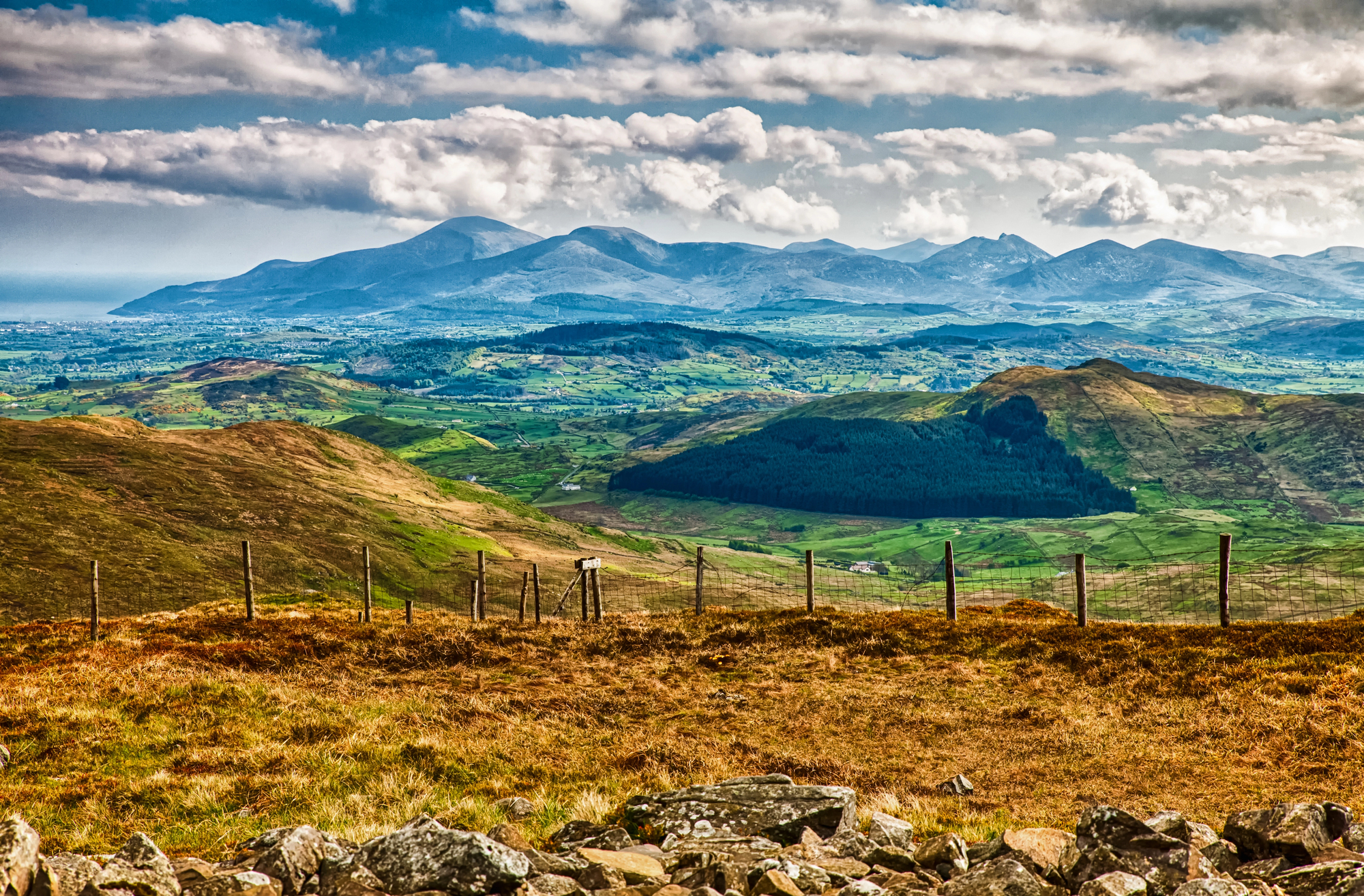
This magnificent mountain range in County Down features some of the most spectacular scenery in Northern Ireland, with granite peaks rising dramatically from the Irish Sea. The range contains twelve mountains over 600 meters, including Slieve Donard, the highest point in Northern Ireland at 850 meters.
These picturesque mountains inspired C.S. Lewis to create the magical land of Narnia, and today they offer endless opportunities for hiking, mountain biking, and photography across landscapes of heather-covered slopes, silent valleys, and pristine reservoirs protected by the historic 22-mile Mourne Wall.
Cave Hill

Dominating the skyline north of Belfast, Cave Hill’s distinctive profile—nicknamed ‘Napoleon’s Nose’ for its resemblance to the French emperor’s prominent feature—provides one of the best vantage points in Northern Ireland. The hill takes its name from five caves carved into the basalt cliffs, believed to have been used as Iron Age storage spaces.
A moderately challenging walk to the summit rewards hikers with breathtaking panoramic views encompassing Belfast city, Belfast Lough, the Mourne Mountains to the south, and on clear days, all the way to Scotland across the Irish Sea.
Glens of Antrim
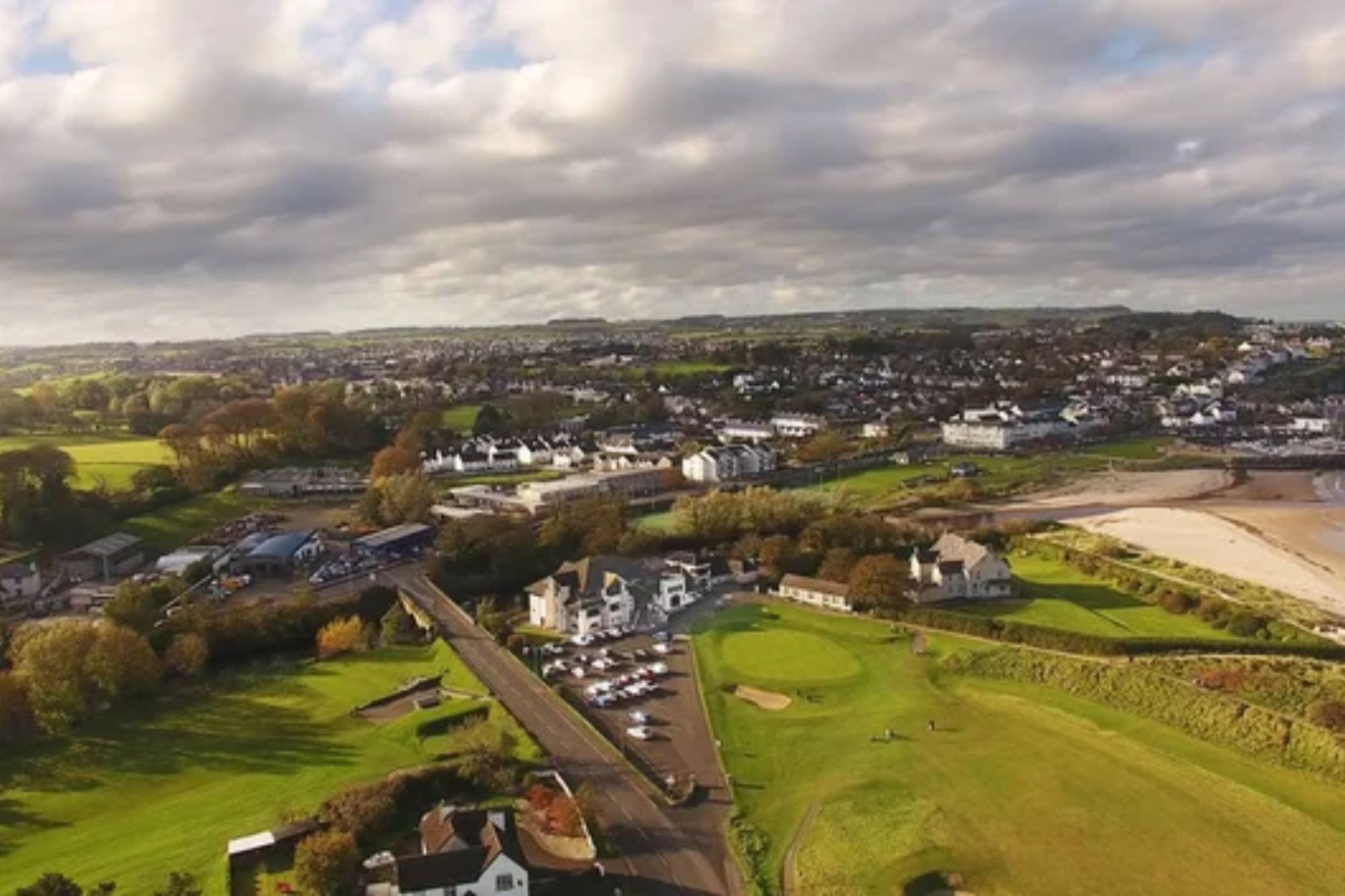
This series of nine lush, verdant valleys stretches along Northern Ireland’s northeastern coast, each with its own unique character and charm. From the ancient woodlands of Glenarm to the cascading waterfalls of Glenariff (Queen of the Glens), the area combines dramatic topography with rich cultural heritage.
The Glens have inspired poets, artists, and musicians for generations with their mystical atmosphere, hidden villages, and emerald landscapes that change from soft and rolling to steep and dramatic as they descend from the Antrim Plateau to the coast.
Like Travel Pug’s content? Follow us on MSN.
Bushmills Distillery
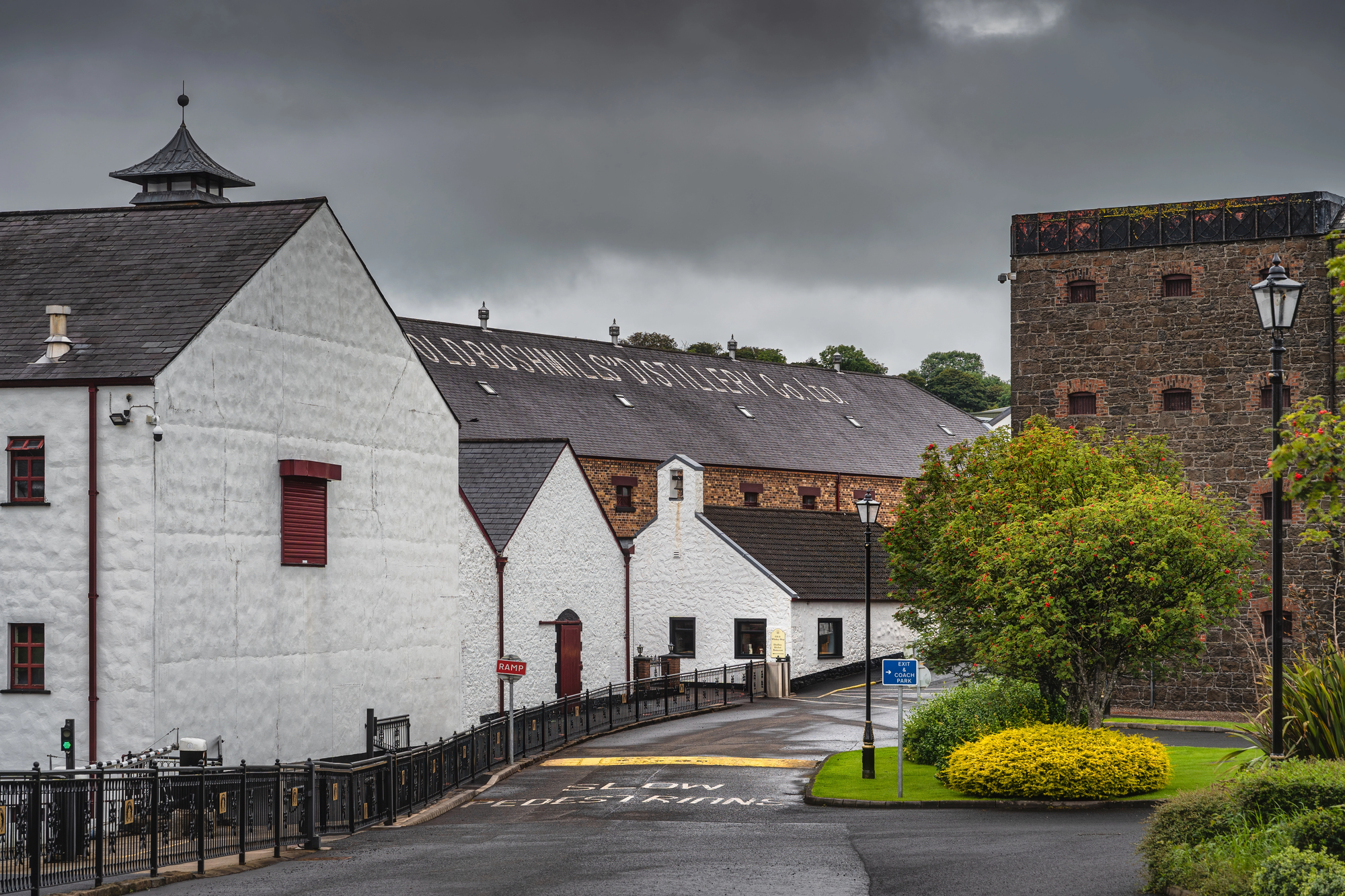
As the world’s oldest licensed whiskey distillery, operating since 1608, Bushmills offers visitors a fascinating glimpse into the time-honored craft of Irish whiskey production. Located near the Antrim coast, the distillery continues to create its distinctive spirits using water from the nearby Saint Columb’s Rill and traditional copper pot stills.
Tours allow visitors to witness every stage of the whiskey-making process from malting to maturation, culminating in a tasting session where the rich, smooth character of Bushmills can be appreciated firsthand in the historic on-site bar.
Derry City Walls
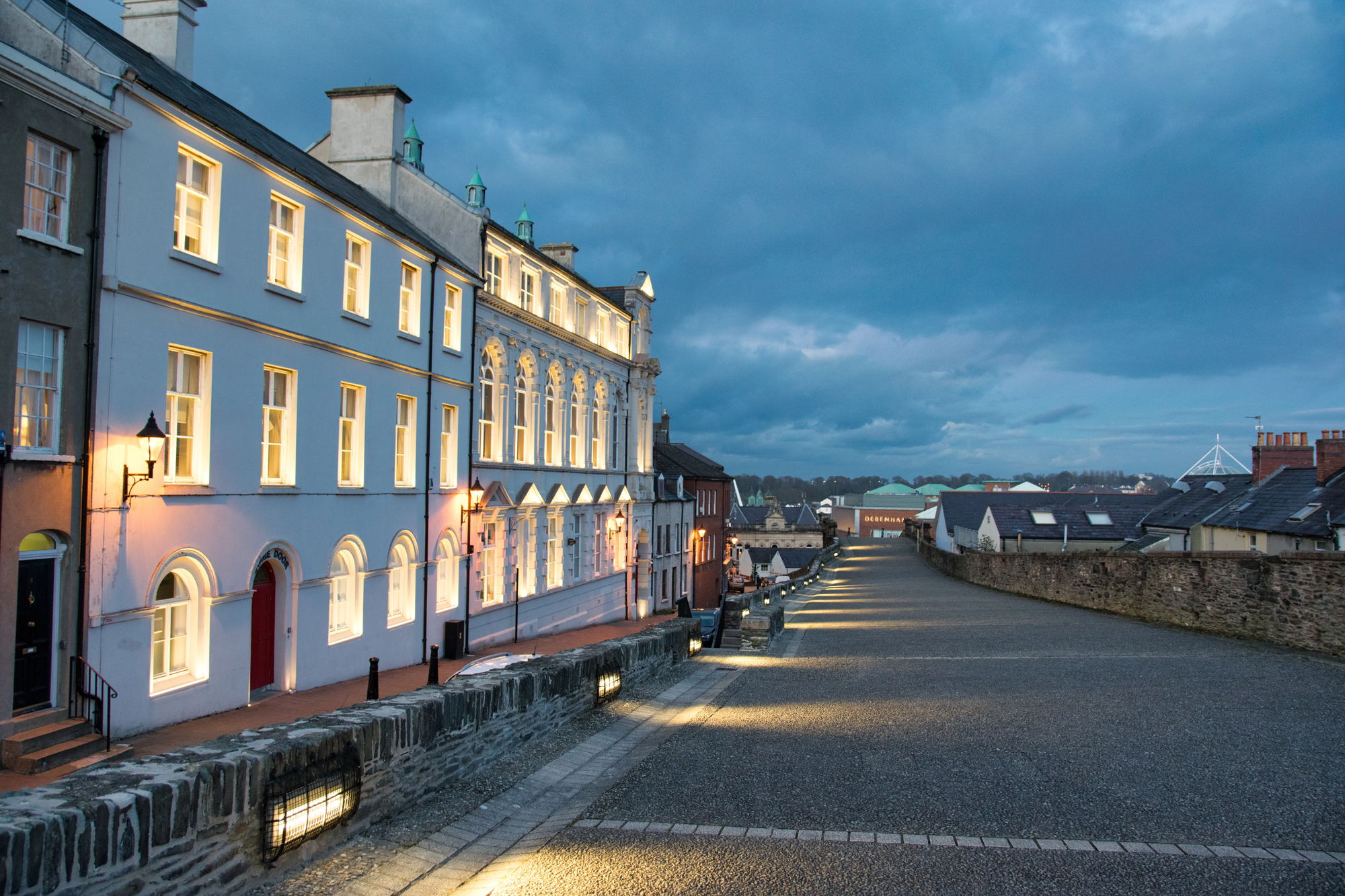
The only completely intact walled city in Ireland, Derry (Londonderry) boasts impressive 17th-century fortifications that have witnessed centuries of turbulent history. Constructed between 1613 and 1618, the massive stone walls stand up to 26 feet high and 30 feet wide, with a circumference of approximately one mile encircling the historic city center.
Walking the walls provides a perfect introduction to the city, offering excellent views over distinctive landmarks like the neo-Gothic Guildhall, the Peace Bridge spanning the River Foyle, and St. Columb’s Cathedral with its soaring spire.
Marble Arch Caves
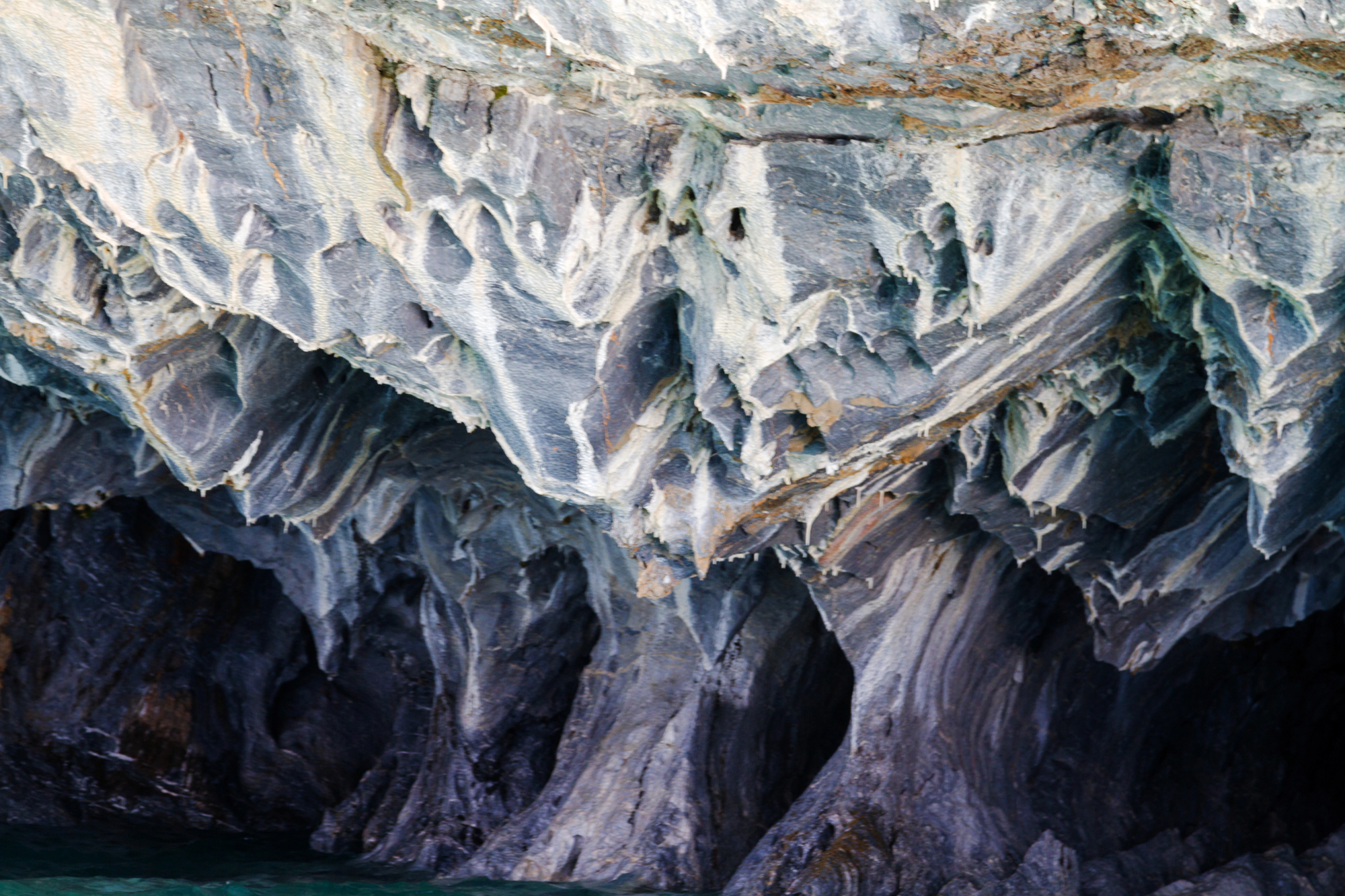
This spectacular natural wonder in County Fermanagh takes visitors on an underground journey through one of Europe’s finest show caves. Formed over millions of years by the action of underground rivers dissolving the limestone rock, the caves feature a mesmerizing landscape of stalactites, stalagmites, and underground waterways.
Guided tours include a boat journey along the subterranean river before continuing on foot through vast chambers with names like the Grand Gallery and the Fairy Kingdom, where calcite formations create an otherworldly atmosphere.
Like Travel Pug’s content? Follow us on MSN.
Ulster American Folk Park
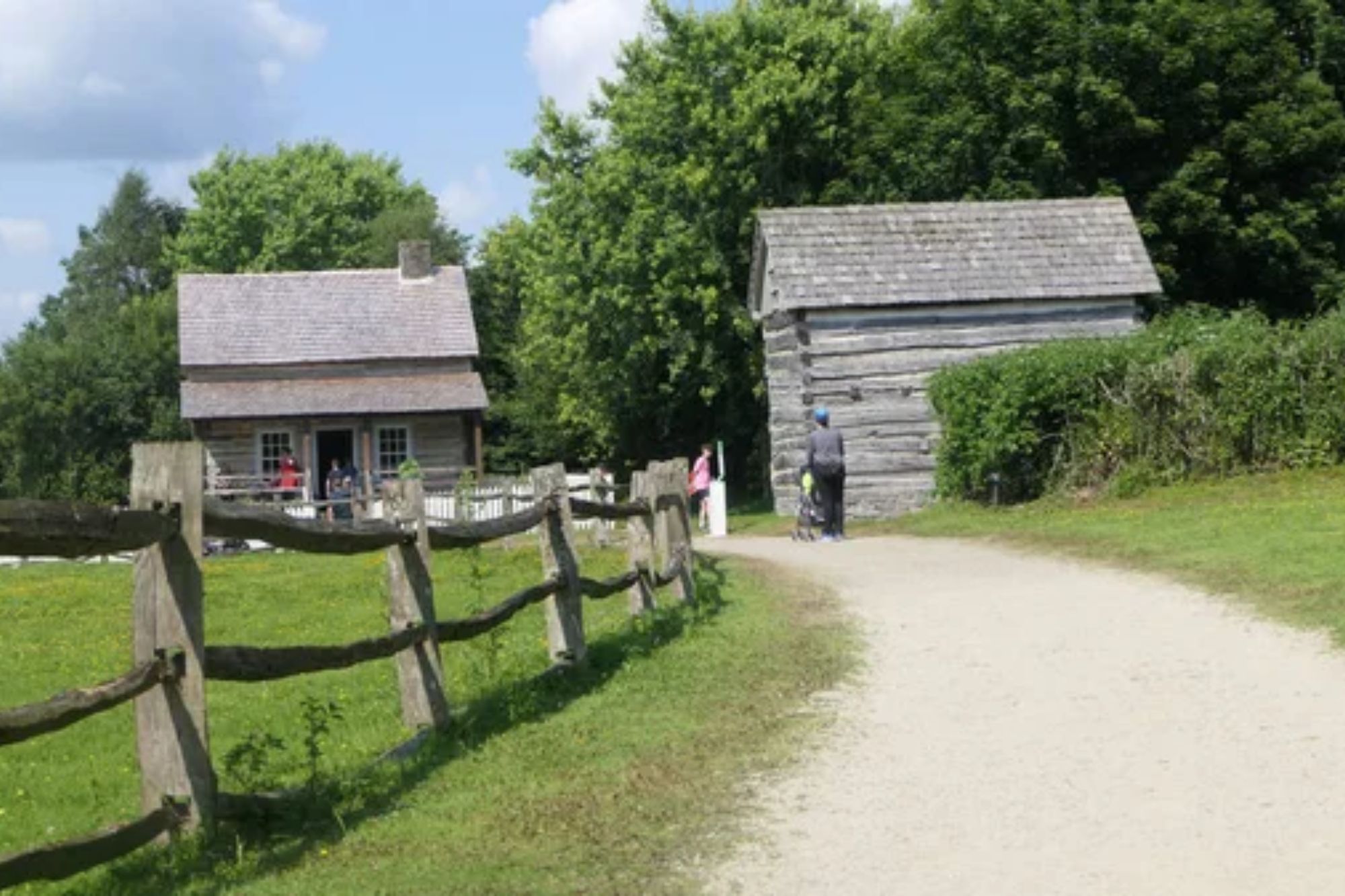
This fascinating open-air museum near Omagh tells the moving story of emigration from Ulster to America during the 18th and 19th centuries. The park features over 30 buildings, including authentically furnished farmhouses, a forge, meeting house, schools, and shops reconstructed to show life in Ulster before emigration and the experiences of those who settled in the American frontier.
Costumed interpreters demonstrate traditional crafts and share stories of the perilous Atlantic crossing, bringing to life one of the most significant chapters in Northern Ireland’s history.
Tollymore Forest Park
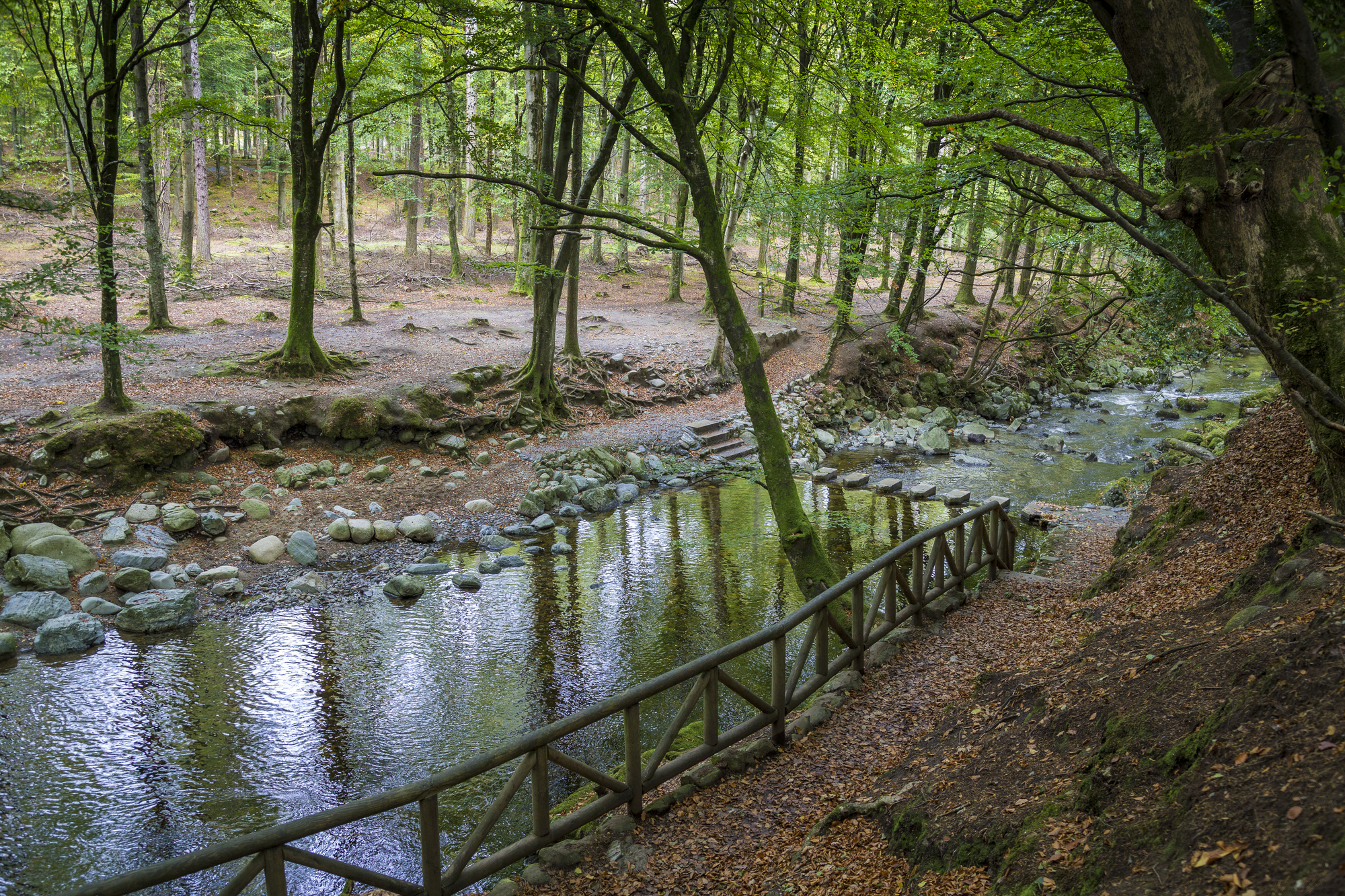
Nestled at the foot of the Mourne Mountains, this enchanting forest was Northern Ireland’s first state forest park and continues to captivate visitors with its fairy tale atmosphere. The 630-hectare park features gothic stone arches, caves, bridges, and grottos scattered throughout ancient woodlands, alongside the rushing waters of the Shimna River.
The forest’s dramatic landscapes have provided filming locations for Game of Thrones and inspired local writers, including C.S. Lewis, whose descriptions of Narnia bear a striking resemblance to Tollymore’s magical setting.
Carrickfergus Castle
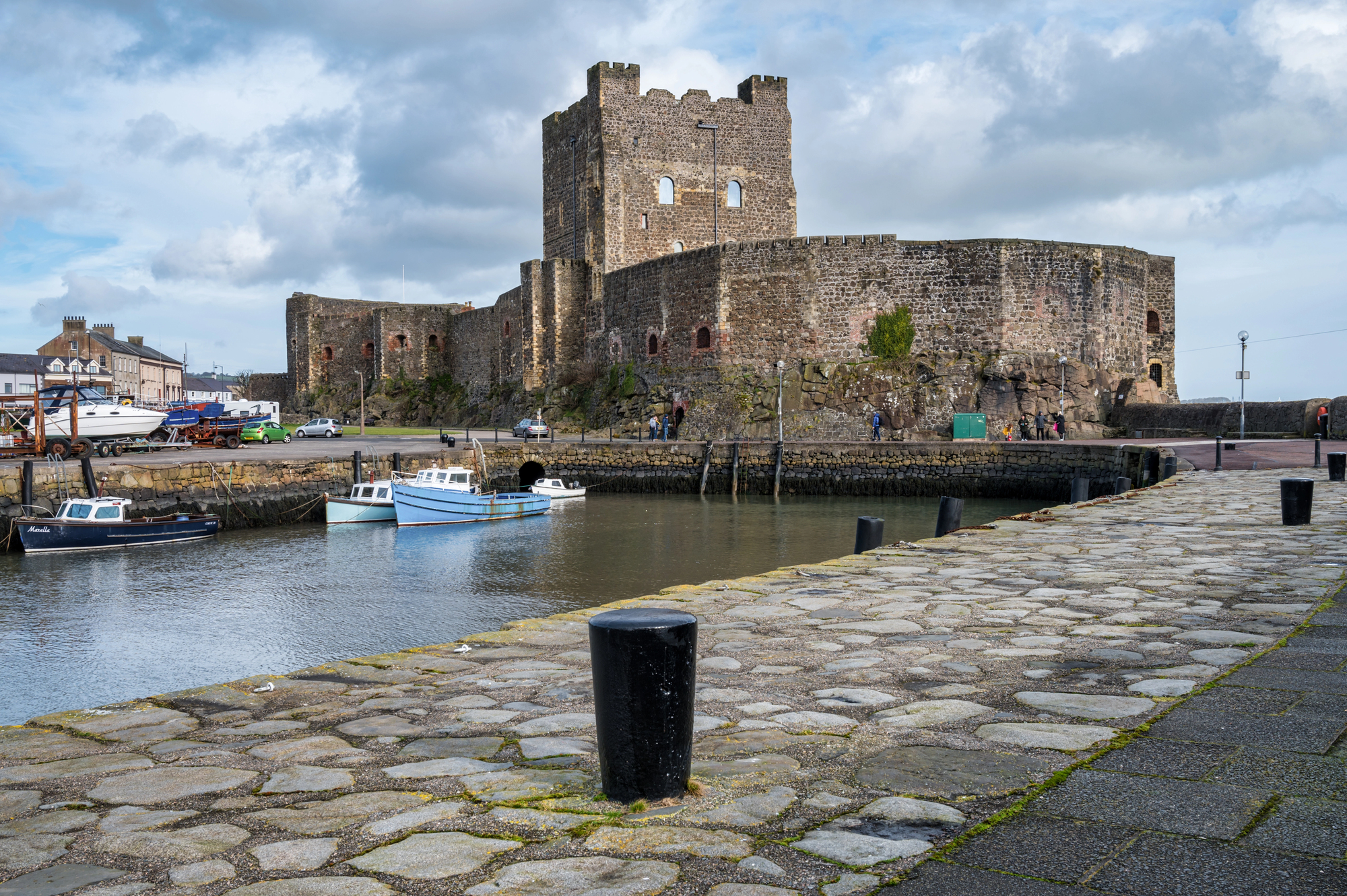
Standing guard over Belfast Lough for more than 800 years, this impressively preserved Norman fortress represents one of the most complete examples of medieval architecture in Northern Ireland. Built in 1177 by Anglo-Norman knight John de Courcy, the castle has played a pivotal role throughout Irish history, withstanding sieges by Scots, Irish, English, and French forces.
Today, visitors can explore its massive stone keep, climb to the top of the defensive walls, and view historical displays that bring to life the castle’s long and colorful history.
Like Travel Pug’s content? Follow us on MSN.
Silent Valley Reservoir
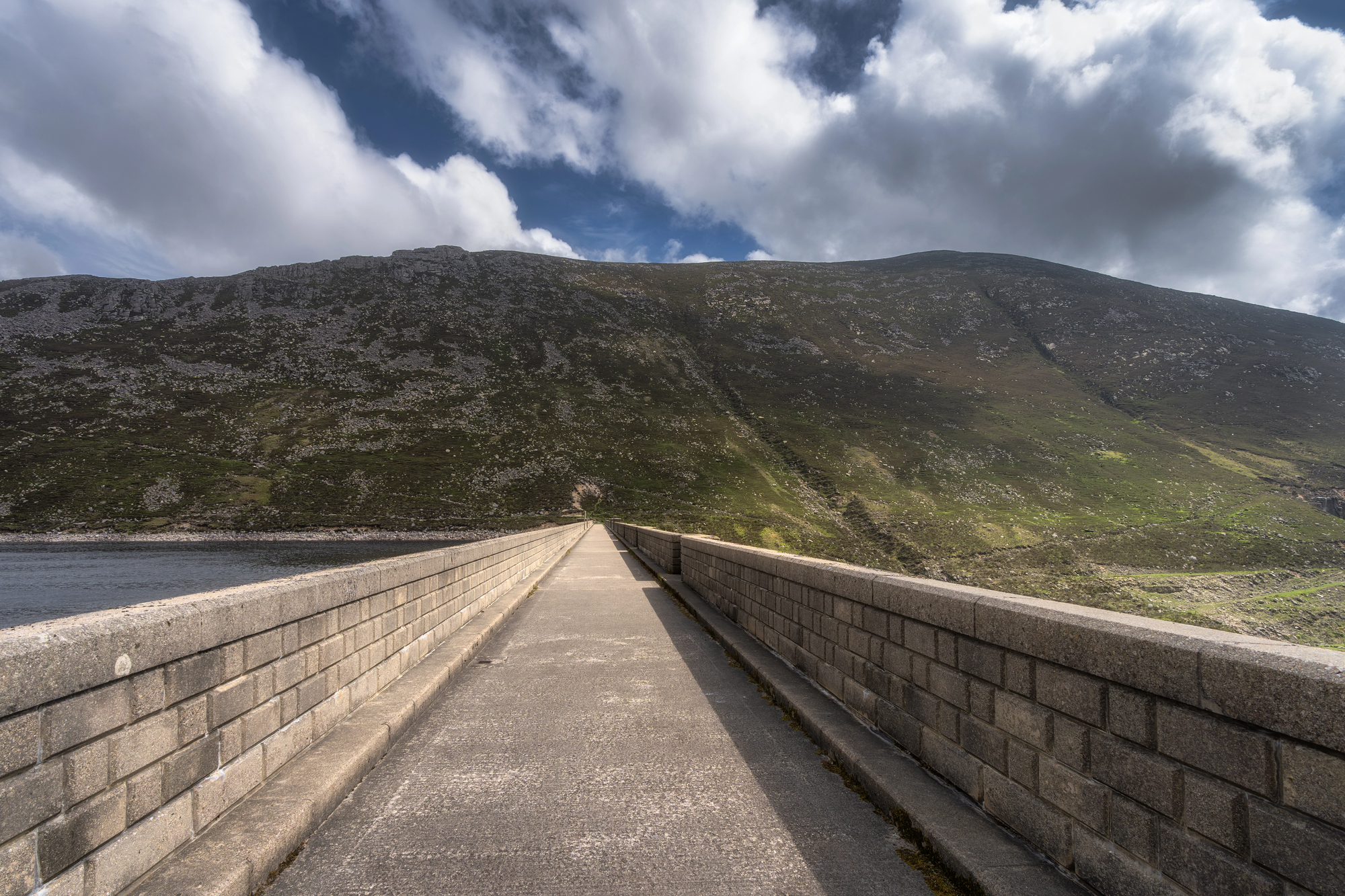
Nestled in the heart of the Mourne Mountains, this serene body of water serves as the main water supply for Belfast and much of County Down while also providing one of Northern Ireland’s most tranquil recreational spaces. Built between 1923 and 1933, the reservoir required a workforce of over 1,000 men (known locally as the Navvies) who lived in purpose-built accommodation at the site.
Today, visitors can walk the 2.5-mile boundary trail with spectacular mountain views, explore the Colonial-style waterworks, and follow paths along the famous Mourne Wall that traverses the mountain peaks.
Rathlin Island

Northern Ireland’s only inhabited offshore island lies just six miles from Ballycastle, yet feels worlds away from the mainland. This L-shaped island, home to around 150 residents, is a haven for wildlife enthusiasts with its abundant seabird colonies, including puffins, guillemots, and kittiwakes nesting on the dramatic sea stacks.
The upside-down lighthouse built into the cliff face at the western end offers one of the best vantage points for bird watching, while clear waters surrounding the island conceal numerous shipwrecks that attract divers from across Europe.
St. Patrick’s Cathedral, Armagh
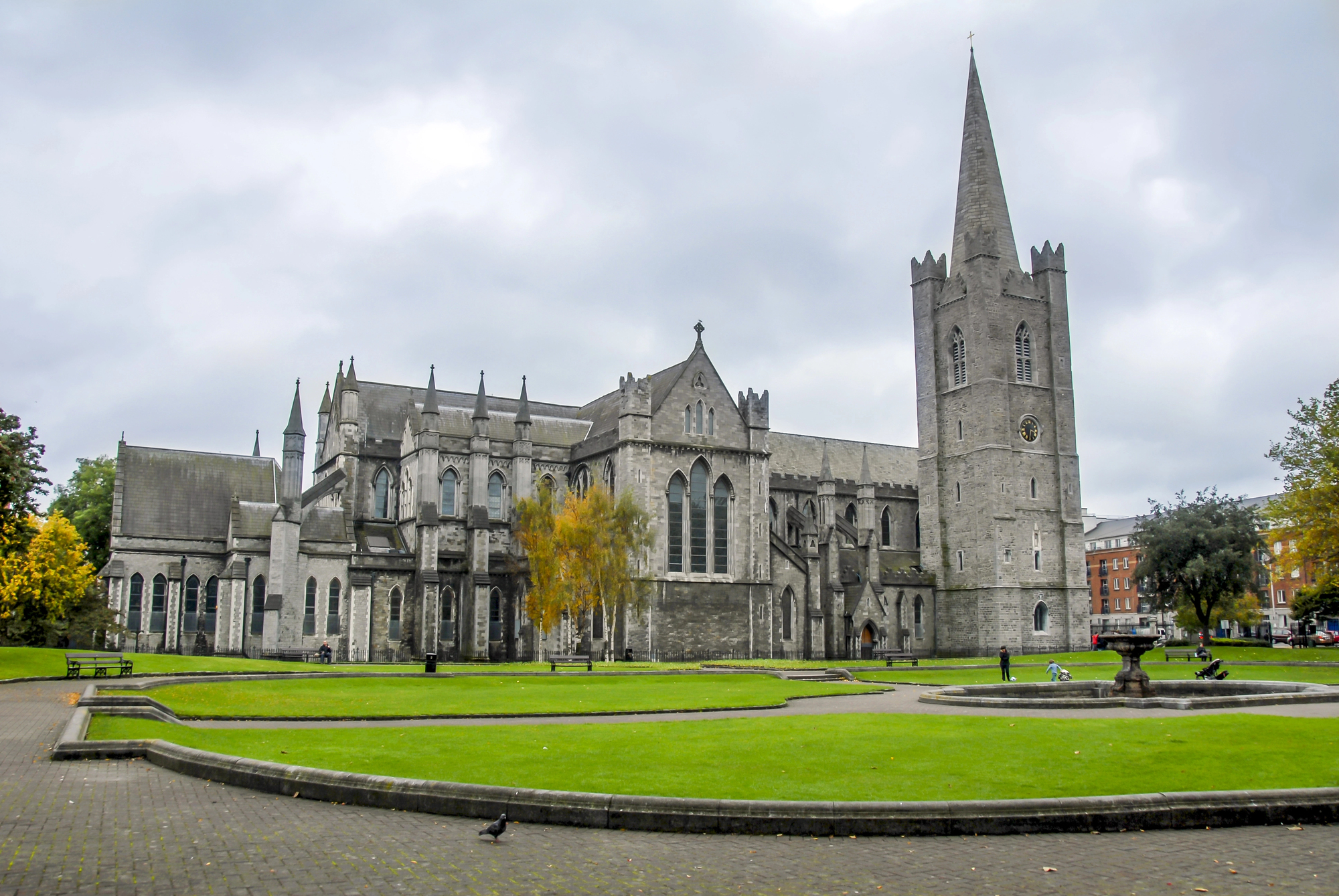
The ecclesiastical capital of Ireland houses two cathedrals, both named after St. Patrick, with the Anglican cathedral occupying the site where Ireland’s patron saint established his principal church in 445 AD. Standing on a hill overlooking the city, the cathedral’s current Gothic structure dates primarily from the 13th and 14th centuries, though it’s been rebuilt numerous times after suffering damage during Ireland’s turbulent history.
Inside, visitors can admire medieval stone carvings, the ornate Beresford tomb, and ancient Celtic crosses while appreciating the cathedral’s historical significance to Christianity in Ireland.
Like Travel Pug’s content? Follow us on MSN.
Emerald Landscape
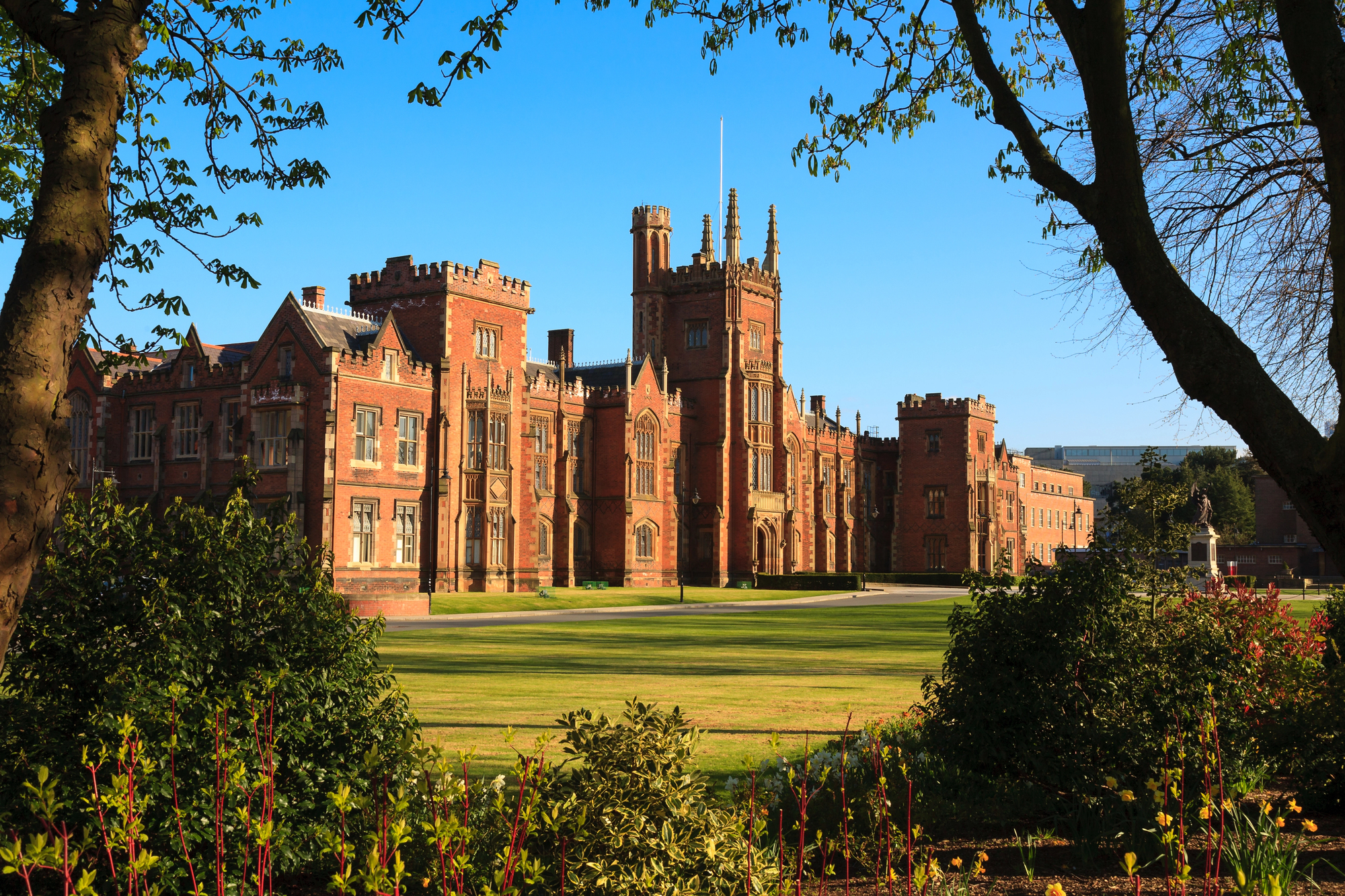
Northern Ireland’s compact size belies its incredible diversity of landscapes and experiences, from dramatic coastlines to ancient castles, vibrant cities to tranquil mountains. What makes this corner of the UK truly special is not just individual attractions but how they combine to tell a rich, complex story of a land shaped by geological forces, human history, and cultural heritage.
Whether following in the footsteps of giants along the Causeway Coast, exploring Belfast’s reinvented industrial quarters, or hiking through landscapes that inspired literary classics, Northern Ireland offers visitors authentic experiences that linger in the memory long after returning home.
More from Travel Pug

- Cities Growing so Fast You Won’t Recognize Them in 10 Years
- 13 Destinations Where Tourists Regularly Regret Their Trip
- 16 U.S. Cities That Are Quietly Becoming Travel Hotspots
- Where to Travel If You Love Long Bus Rides and Daydreams
- 20 Cities Perfect for Solo Travelers Who Crave Adventure & Culture
Like Travel Pug’s content? Follow us on MSN.
